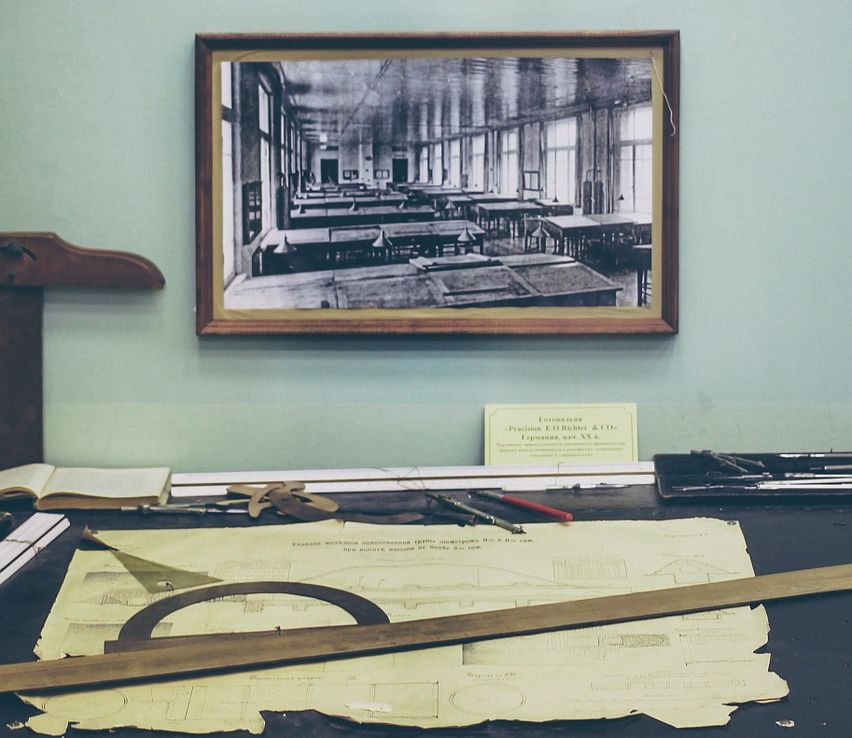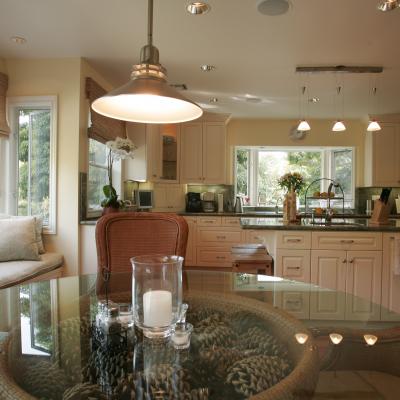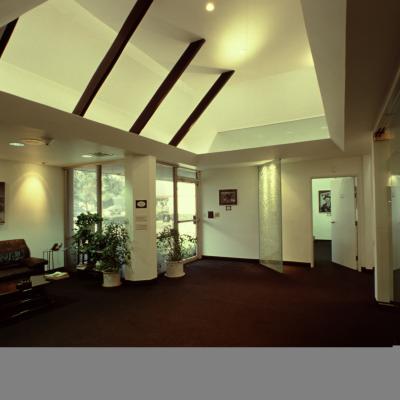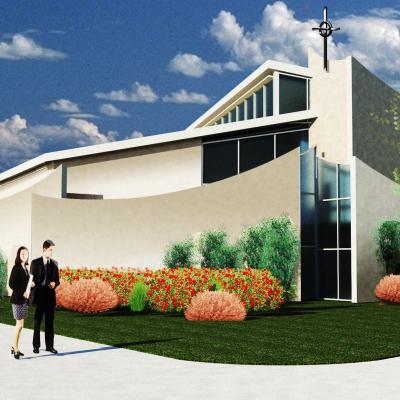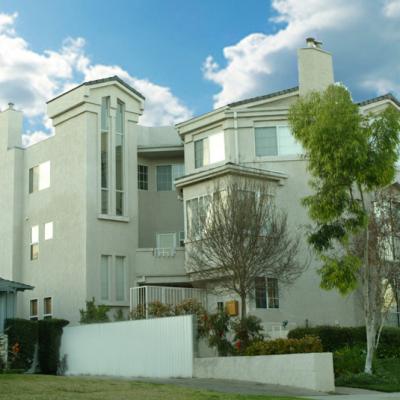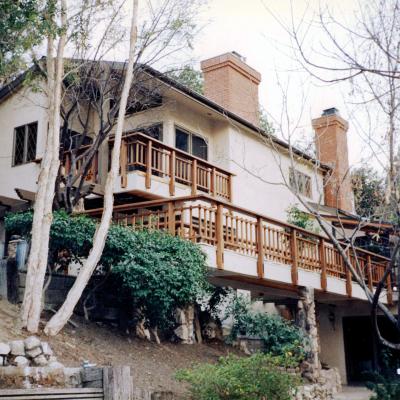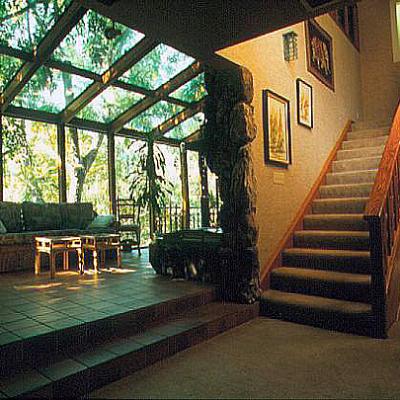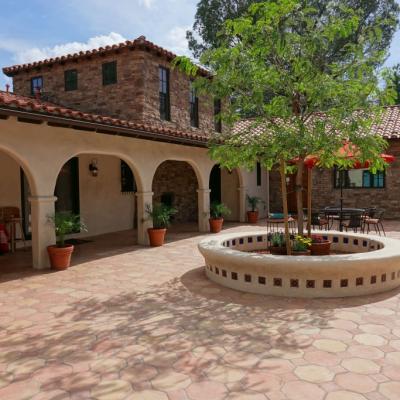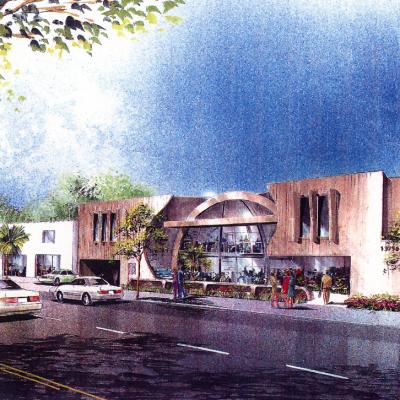I was reading the Los Angeles Times a few months back and there was an article “L.A. takes a step toward tighter rules to curb Mansionization.” and it brought back so many memories for me. Each of the 2,500 projects I have been the architect on needed an area calculation. How big can we build? How can I take advantage of the spatial configuration and still meet all the programming issues? Which codes will govern? How will the plan checker respond to the design?
The answers to these questions are getting tougher especially when the building codes are always in flux. Now it seems the building codes change at each plan check appointment, even on the same type of projects. Each plan checker is using different parts of the code, or not, and that is what sets your parameters on design. If you take the most restrictive interpretations of the governing restrictions your client probably will not be very happy. The reason is they see other architects getting to do what you or your plan checker say the code says you can’t.


